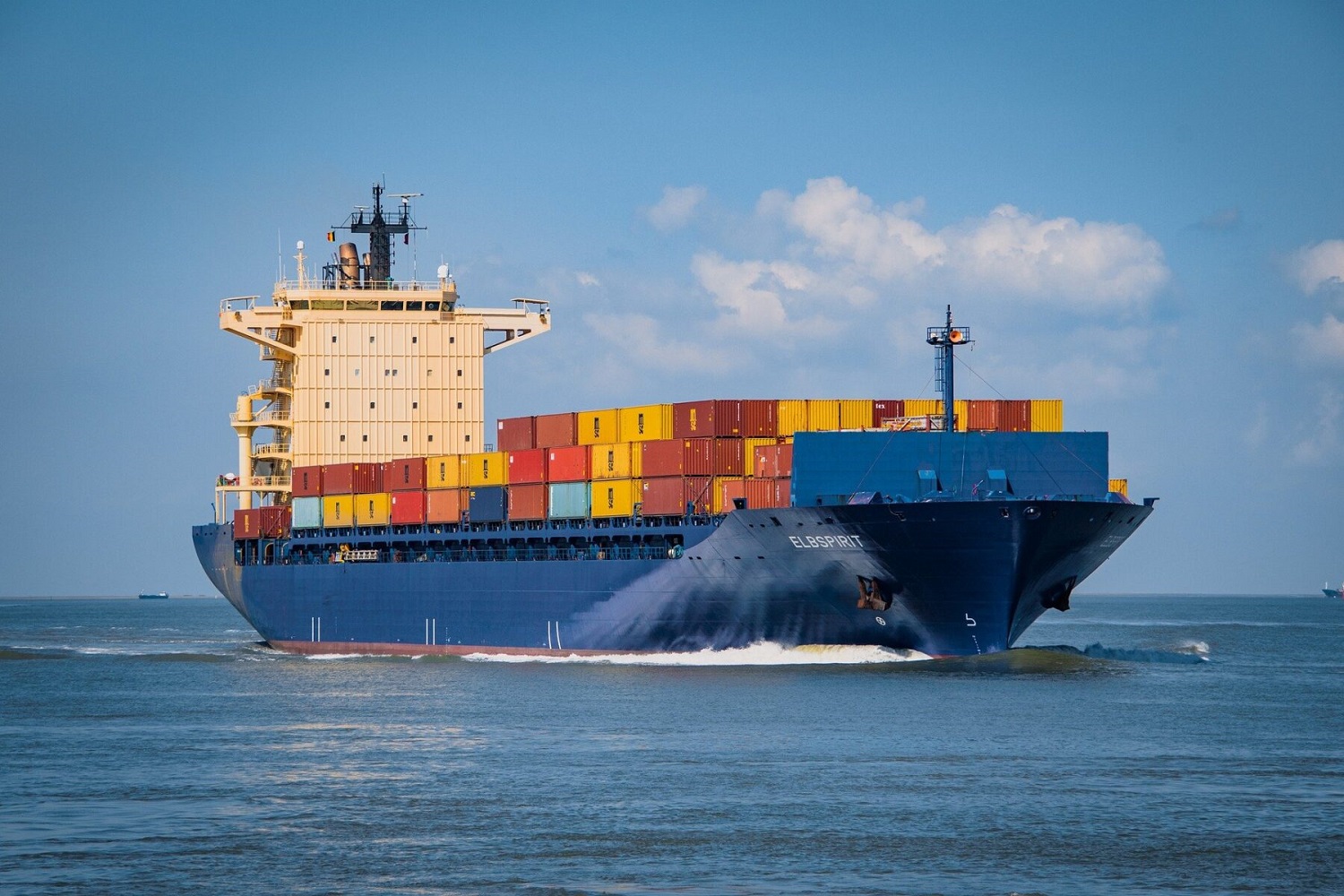Today, we are going to talk about shipping tips and requirements in this post. If you’ve already expanded your business globally, or you are looking to export your products, one of the largest trading partners of the UK is Canada. Overall, Canada is the 12th largest importer in the UK, making it an ideal destination for companies in the UK.
It is essential to understand the metrics behind the calculation of shipping costs to Canada. Regardless of the type of product being exported, it is good to know the factors influencing shipping costs.
There are specific rules and guidelines that online businesses should understand to ship products to Canada at the cheapest cost. Below are some essential tips to take into consideration before you send your products to Canada.
Shipping to other countries

Starting to ship your products internationally may seem like a daunting task. Starting your business also might have seemed intimidating at first, but now you’ve made it past that, and it’s time to take your business to the next step with shipping overseas. This is the basic you need to know along with the other shipping tips.
The misconception among online retailers in Canada is that the revenue made from selling their products will be less than the cost paid to sell their products. This, however, is not the case.
To successfully reach worldwide customers, you need to make informed decisions by doing in-depth research.
The basics of international e-commerce shipping are listed below.
Part 1 – Shipping TIps: Packaging your Products
Is your product shippable?
You may be aware that domestic shipments have package restrictions. International shipments also have package restrictions, but these restrictions will vary according to the destination you will be shipping to. Canada Post allows packages of between 0.5kg and 30kg to be sent to various locations, depending on their weight limits.
There are also restrictions on what type of products you can transport to a country. For example, couriers such as UPS and FedEx will not ship jewelry to other countries.
The categories of these products are specific for each country. These countries have some unique rules you might not have known existed. Greece, Denmark, and Spain do not allow playing cards to be shipped into their country. Sending bells to Italy is not allowed, and Uruguay has banned the entry of eyeglasses in their country.
The passage of your product
Before your envelope, box, and mailer tube, reaches its destination, there will be many pitstops to go through. Domestic orders only have to worry about trucks and sorting centers, while international orders will explore boats and planes. The international orders’ traveling conditions will require you to be extra careful about the packaging of your products.
Each package will need to be evaluated by the fragility, weight, and size of the product. If any of the items are subject to international regulations, they are required to have additional packaging. Liquids and powders will also require extra packaging to be shipped overseas.
Make sure your package will arrive in one piece after the long journey.
Part 2: Documentation, Duties, and Taxes
Value-Added Tax (VAT) and Duties
Merchants have to pay fees such as VAT, also known as goods and services tax (GST), for international sales. Regardless of your package contents, a fixed percentage of the tax will be applied on every shipment. The calculations are similar to sales tax. Countries’ total VAT amount will vary, depending on which country you are shipping to. Another shipping tips for you to consider.
Retailers must pay a duty fee, also known as a tariff, to sell their products internationally. Duties are not calculated using a set percentage. Each country has its rate used to calculate duties. These percentages are determined by the quantity and value of the product being sold and the shipping and insurance costs. One of the most used shipping tips by businesses.
Delivery duty paid (DDP) and delivery duty unpaid (DDU) are the two types of duty taxes. Delivery duty paid tax means that all applicable fees and duties will be paid by the company. The carrier will pay this amount upfront, and the bill will be sent to the retailer. Delivery duty unpaid will mean that the customer will pay for the duties and fees incurred. If you are using the DDU method, it should be stated very clearly on the checkout page.
Take note that the fees charged will vary per country. Some will only charge VAT, while others will only charge duties.
Evaluate how much these charges will impact your overall cost. This will enable you to make the necessary adjustments to the retail price of your product. The financial impact will be the deciding factor of whether it is worth selling your product in that country or not.
Custom documents that are required
· A Certificate of Origin is needed to specify which country the products required to be shipped were manufactured, produced, and obtained. This certificate needs to have the signature of the retailer. The certificate will also need to be certified by the local chamber of commerce, in some cases.
· A Commercial Invoice is required to show the value of the products and the cost of the duties, customs, and taxes, so that these costs can be calculated. The name and address of the retailer and the recipient must be present on the document. The mode of transport, descriptions, prices, quantities, payment, and sale terms of the items must also be on the document.
· The export packing list is a more detailed version of a domestic shipment packaging list. The extra details to include are the type, weight, quantity, dimensions of the package, and the mode of transport and carrier information.
Part 3: Comparison of Shipping Carriers

There are five major carriers in Canada, each with its specific advantages:
· UPS – Shipping is managed straight through from the warehouse to the delivery.
· Canada Post – Discounts available for large volume shippers and small businesses.
· DHL – International customs expert.
· Purolator – 112 shipping centers in Canada.
· FedEx – Provides delivery options within 1-3 days.
When you are assessing your options, know what your non-negotiables are and what you are willing to compromise. This will make the decision process easier for you.
Shipping from Canada is a challenging task, but these tips will help you find the cheapest and easiest way to ship your products into Canada. Use these shipping tips in your business today.